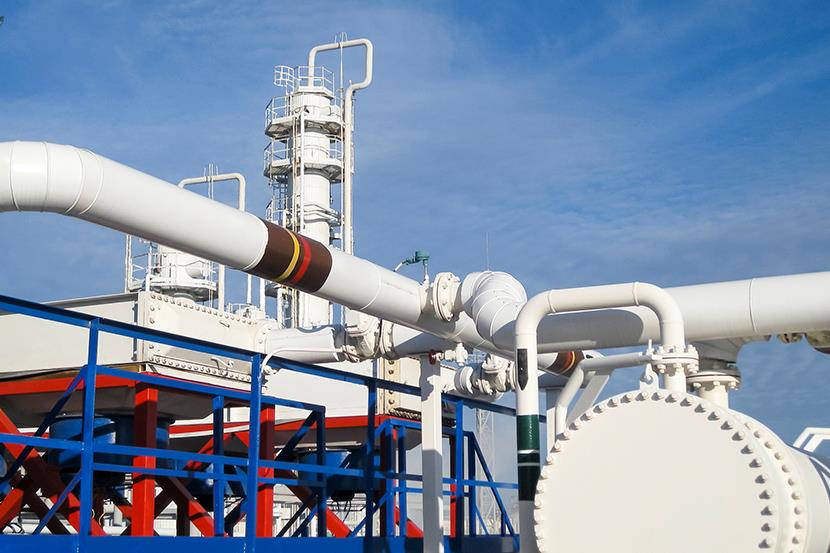Improving Efficiency and Reducing Harmful Emissions in Flue Gas Desulfurization
The power generation and waste incineration industries recognize the importance of meeting sustainability demands. They're also seeking ways to improve energy efficiency, reduce carbon emissions, and achieve heat recovery targets.
Fluoropolymer pressure tubing in gas heat exchangers improves long-term hydrostatic pressure performance. It also provides the high-temperature and corrosion resistance necessary for flue gas desulfurization (FGD) in fossil-fueled power plants.
Chemours, in collaboration with its customers, developed the FGD technology that helps coal-fired power plants achieve better efficiency. This technology has reduced fuel consumption, making it possible to remove more than 94% of highly corrosive sulfuric oxide (SO₂) and other aggressive acid mixtures.
Heat exchangers utilizing tubing made with Teflon™ PTFE 62 X fine powder enable FGD technology to capture more waste energy and clean exhaust gases.
How FGD Tech Captures Waste and Cleans Exhaust
Heat exchangers are installed in the flue gas channel, downstream from the electrical submersible pump (ESP), and just before the FGD unit. This design cools the hot gas stream, which captures the acids and now-condensed flue gas.
The cooled flue gas enters the FGD, where a slurry containing limestone absorbs any remaining SO₂ and converts it into commercial-grade gypsum.
Cooling the flue gas and condensing acids before they enter the FGD requires less water, which improves the efficiency of the desulfurization process. This process uses less corrosion-resistant materials in the FGD’s construction.
Heat recovered from flue gases improves the overall thermal efficiency because it can be used to preheat boiler feed-water, combustion air preheating, and clean gas (exit FGD) reheating.
Maximize Power Plant Efficiency With Flue Gas Coolers Using AlWaFlon™ Pressure Hoses Based on Teflon™ PTFE
Chemours, Wallstein Ingenieur GmbH, and Fluortubing B.V. of Utrecht collaborated to develop a special corrosion-resistant heat exchanger system for fossil fuel power plants and industrial incinerators.
The companies developed AlWaFlon™ pressure tubing, which is used in innovative flue gas coolers equipped with heat exchange pressure hoses. This high-efficiency 858 MW-rated unit supplements 12 existing generating units at Europe’s largest lignite-fired power station. With an efficiency rating of approximately 42%, this plant became one of Poland’s most efficient power stations.
Two innovative flue gas coolers contribute significantly to the plant’s high-efficiency rating. Approximately 500,000 meters of AlWaFlon™ pressure hose was integrated into five heat exchanger modules. This hose reduces the flue gas temperature by 50 °C (90 °F). The out-coupled heat resulting from this process (two times 32 MW) contributes to heating the power plant feed water. Surplus steam from this process then adds to energy production, which significantly improves the plant’s overall energy balance.






